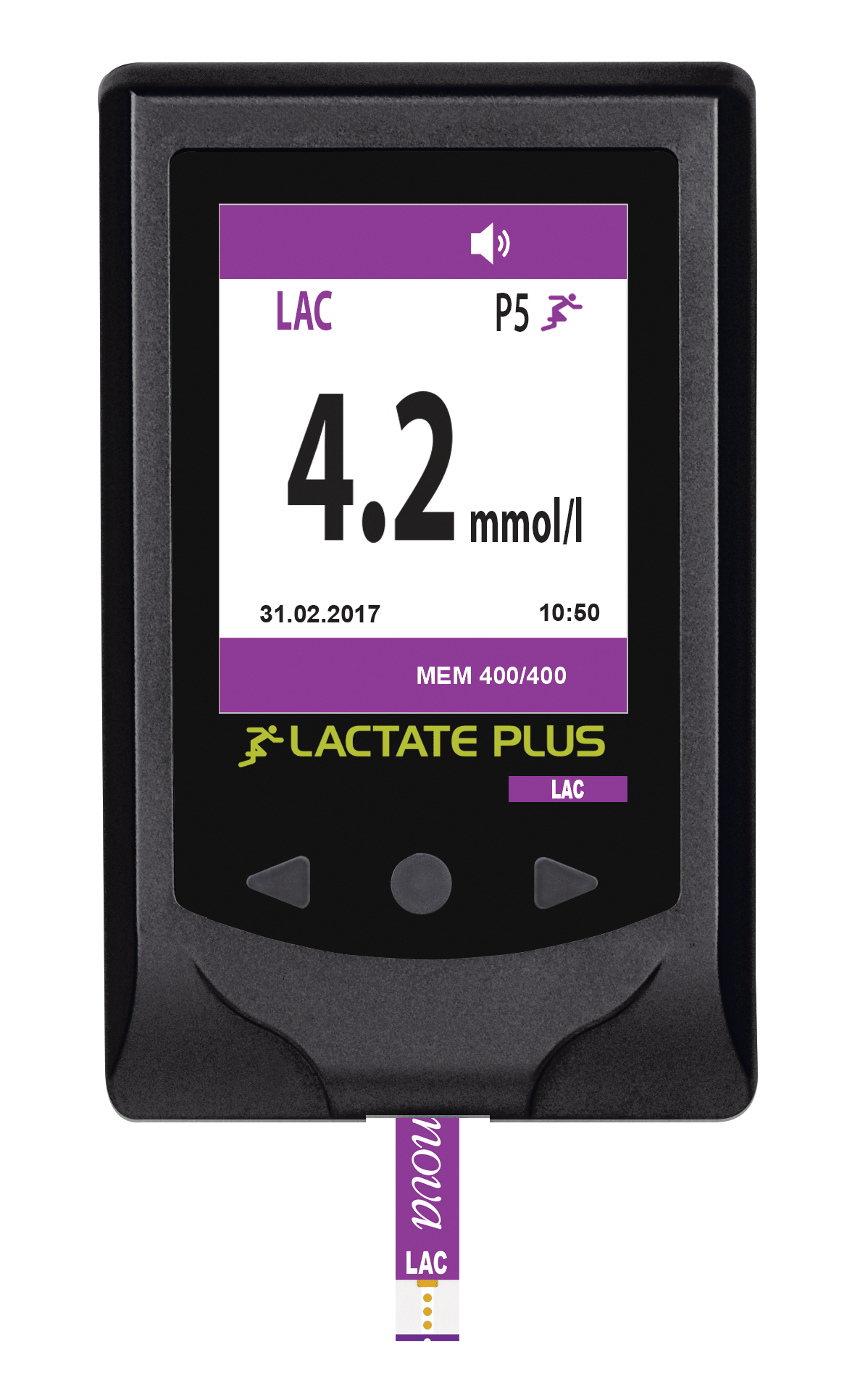Secrets of Lactate Course
Available online - Click for details
Lactate Threshold Discussion - Part 2
(If you entered this page first it is probably best to go to Part 1. The information is meant to be read in order)
What is wrong with the model of performance introduced at the end of the previous section? Lets introduce a study of road cyclists and what differentiates one from the other. It miy be useful to go back quickly to the initial slide about 4 different cyclists in Part 1.
Coyle, E. F., et al. (1988). "Determinants of endurance in well-trained cyclists." Journal of Applied Physiology 64(6): 2622-2630.
In conclusion, the present results indicate that individuals with a similar VO2 max can vary greatly in glycogen utilization and time to fatigue when cycling at the same work rate and percentage of V02 max.These differences in performance ability during high-intensity submaximal cycling are highly related (r = 0.96; P c 0.001) to a combination of lactate production (i.e., %VO~ max at LT) and muscle capillary density (e.g., lactic acid removal). Muscle mitochondrial activity, which can be a primary determinant of lactate production, was not different in groups L and H, nor was their blood lactate responses when running uphill.
The factors associated with a high %VO2 rnax at LT when cycling and performance ability were years of cycling experience and percent type I muscle fibers. It appears that intense cycle training performed for -5 yr compared with 2-3 yr promotes continued neurological and/or muscular adaptations that reduce muscle glycogenolysis specifically when cycling.
Notice some things in the above conclusion. Cyclists with a similar VO2 max have different thresholds. But they also exhibit other differences. The ones with the lower threshold have higher glycogen utilization levels and higher lactate production. It also said that certain fiber types reduce lactate/pyruvate production.
One group of these cyclists are not utilizing a lot of the aerobic energy that is available to them while the other group is using much more of their VO2 max.
Why?
Key finding of this study
An important finding of this study suggests that endurance during submaximal exercise is closely related to the factors that control muscle glycogenolysis* and blood lactate concentration.A thought provoking comment from this study is
It is interesting to discuss the possible factors that contribute to the widely differing rates of glycogen utilization, lactate production, and exercise time to fatigue in these athletes when cycling.
So what are these factors? These factors are generally ignored by most coaches.
But these factors should affect how a coach assesses his athletes and how he plans training for the next training cycle.
There was some interest in metabolic causes by the researchers in this study but they missed a key potential source of the excess lactate produced by the cyclists. This will be explored in detail on this page.
*a technical term which essentially means the breakdown of glycogen to glucose which then breaks down to produce lactate.
The Three Factors - Just what are they
Let's look at each of these factors in more detail.
VO2 max - is the maximal oxygen transported from the environment to the muscles and used there to support physical activity. It is often called aerobic capacity and we will use these terms interchangeably. It is dependent upon the specific activity since the amount of oxygen that can be transported and utilized for one activity may be different than another. So an athlete's VO2 max will be different for running versus cycling versus rowing versus swimming
More information on VO2 max - click for details
The VO2 max referred to in the above model is the VO2 max of the day of the race. In practice over a season, measured VO2 max varies quite dramatically, and as just pointed out varies from sport to sport with the same athlete. It changes from time to time, due to training, racing, illness or inactivity. But a performance during a race will depend on what it is the day of the race. It can actually change from day to day as a hard race will probably affect it.
Here is the conclusion of a famous study about the aerobic process.
Holloszy, J. O. and E. F. Coyle (1984). "Adaptations of skeletal muscle to endurance exercise and their metabolic consequences." Journal of Applied Physiology 56(4): 831-838.
In conclusion, endurance exercise training induces a number of adaptations in skeletal muscle. Probably the most important of these is an increase in mitochondria with an increase in respiratory capacity. One consequence of the adaptations induced in muscle by endurance exercise is that the same work rate requires a smaller percentage of the muscles’ maximum respiratory capacity and therefore results in less disturbance in homeostasis. A second consequence is increased utilization of fat, with a proportional decrease in carbohydrate utilization, during submaximal exercise. These metabolic consequences of these adaptations of muscle to endurance training could play important roles in 1) the increase in endurance and 2) the ability to exercise at a higher percent of VO 2 max in the trained state, by slowing glycogen depletion and reducing lactate production (i.e., raising “lactate threshold”).It is interesting to note how extremely smart researchers missed the obvious. And still are. We will point out below what this obvious thing they are missing is. It has been known by some for over 35 years but still is being ignored in the exercise physiology literature as of 2020.
A research presentation at ACSM 2011 showed the variability of VO2 max during a season and from season to season with an elite 1500 m runner over a 2 year period.
VO2 max varied from a low of 4.8 l/min to a high of 5.6 l/min in a 18 month period which is a 16.7% improvement, hardly a trivial change. Within the first year, the change went from 4.8 l/min to 5.16 l/min. Using ml/kg/min the low was 70.5 ml/kg/min and the high was 79.6 ml/kg/min. Performance changed substantially as the runner's best time in the 1500 m race went from 3:38.9 to 3:32.4 min:s from the beginning of year 1 to the end of year 2 (3:32.94 was the winning time at the Beijing Olympics in 2008.)
So training to raise VO2 max is very rewarding. This study has several interesting aspects and will be referred to at other parts of this page and in other sections on this web site. As the athlete's VO2 max goes up or down the lactate threshold will do the same. In the above study, the velocity at the lactate threshold went from 16 km/hr to 18 km/hr over the two year period, a 12.5% improvement. These corresponded to increases in VO2 max. So improvements in VO2 max will also affect the threshold positively. This was later published in a journal. Here is the cite.
So these studies alone calls into question the original model from the previous lesson. Improvement in one of the factors (VO2 max) affects another factor (lactate threshold); thus they are not independent variables.
In the performance model we pointed to, there was another factor that affected performance. It was called Economy. We will now examine this important factor.


